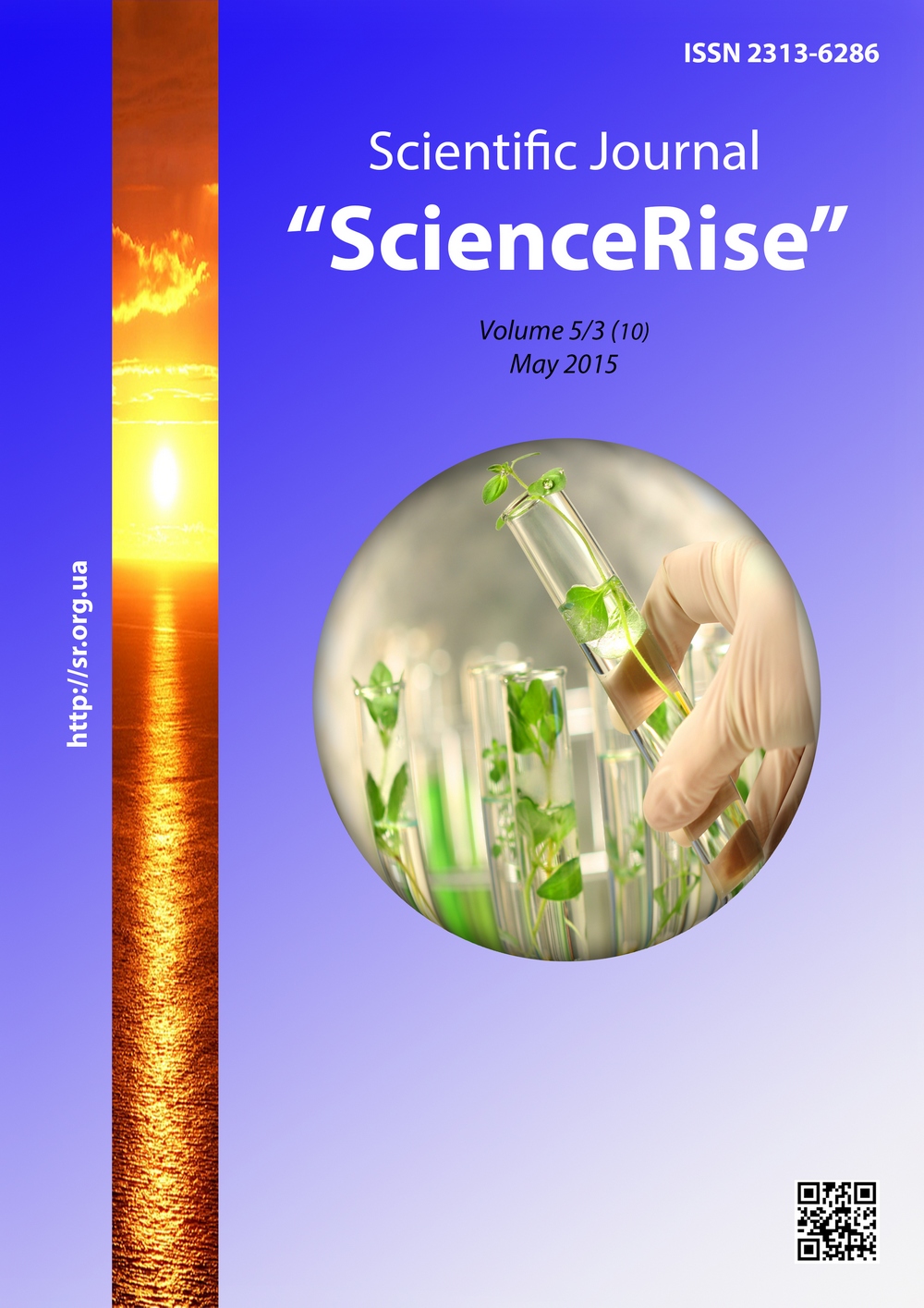Evolution of Ukraine’s economy international specialization: from neolithic age to present time
DOI:
https://doi.org/10.15587/2313-8416.2015.42895Keywords:
international specialization, Neolithic Revolution, Cossacks, Trypillian culture, industrial development, agriculture, genocide, political influenceAbstract
The paper is a brief notice of a series of WORKS covering the topic of Ukraine’s economy international specialization, Ukraine’s evolution since the pre-state period in its history, formation of the first states within the territory of Ukraine (the Scythian culture, Greek states within Ukraine, the tribal Antes Alliance and Huts Empire, the origin of Slavs and the Ukrainian people), the period from the foundation of Kyiv through liquidation of Kyiv Principality, the Cossack Era in the history of Ukraine, the Ukrainian People’s Republic, declaration of Ukraine’s independence, Famine-Genocide, and the place and role of Ukraine’s international specialization as part of the USSR
References
Filipenko, A. (2006). International economic relations: history. Tutorial. Kiev: Lybid, 392.
Kulchytsky, S. (1995). Terror famine as an instrument of collective agriculture. Famine of 1932-1933. Ukraine: Causes and naslidky. Kyiv, 23–35.
History of Ukraine Alexander Paly (2010). Publisher: Stylos, 580.
Oleinik, O. (2005). Zaporizkyj Zimovniki During New Sich (1734-1775 gg.). Zaporozhye: Wild Field, 178–179.
Holobutskyi, V. (1961). Zaporizhzhya Sich in the last days of its existence 1734-1775. Kiev, 274.
The economic history of Ukraine. Historical and economic research in two volumes (2011). Kyiv: NIKA CENTER.
Downloads
Published
Issue
Section
License
Copyright (c) 2015 Natalia Grushchynska

This work is licensed under a Creative Commons Attribution 4.0 International License.
Our journal abides by the Creative Commons CC BY copyright rights and permissions for open access journals.
Authors, who are published in this journal, agree to the following conditions:
1. The authors reserve the right to authorship of the work and pass the first publication right of this work to the journal under the terms of a Creative Commons CC BY, which allows others to freely distribute the published research with the obligatory reference to the authors of the original work and the first publication of the work in this journal.
2. The authors have the right to conclude separate supplement agreements that relate to non-exclusive work distribution in the form in which it has been published by the journal (for example, to upload the work to the online storage of the journal or publish it as part of a monograph), provided that the reference to the first publication of the work in this journal is included.

